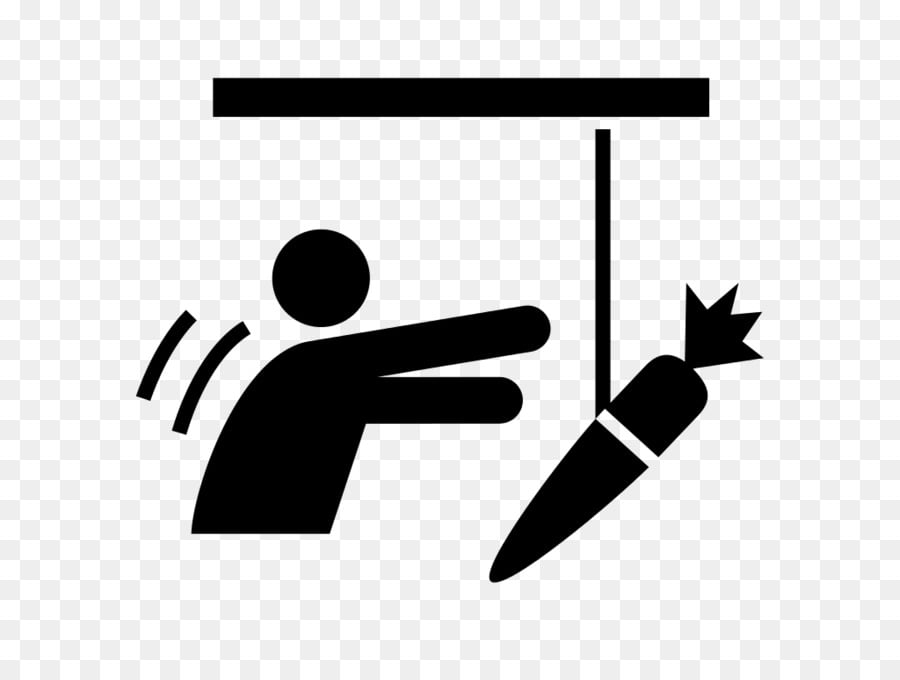Mastering Everyday Challenges: A Practical Guide to Effective Problem Solving
Life throws curveballs. From minor inconveniences to significant setbacks, navigating everyday challenges is a constant. But what if you could approach these obstacles not with dread, but with a strategic, even joyful, approach? As AckySHINE, a seasoned expert in decision-making and problem-solving, I'll equip you with the tools to confidently tackle any problem that comes your way. Let's unlock your problem-solving potential and transform challenges into opportunities for growth.
The journey to becoming a proficient problem-solver begins with a structured approach. This isn't about luck; it's about mastering a process. Follow these steps, and you'll find yourself approaching challenges with increased confidence and clarity:
1. Define the Problem: Laying the Foundation
Before diving into solutions, clearly define the problem. Avoid generalizations; pinpoint the specific issue. What exactly needs to be solved? Understanding the root cause is paramount. This initial clarity provides a solid base for effective action.
2. Gather Information: Knowledge is Power
Effective problem-solving is fueled by knowledge. Research the issue thoroughly. Explore various resources, ask pertinent questions, and seek advice from individuals who have encountered similar situations. The more comprehensive your understanding, the more effective your solutions will be.
3. Brainstorming: Unleashing Creative Solutions
Now, let your creativity flow! Brainstorm a wide array of potential solutions, regardless of how unconventional they may seem. Write down every idea, avoiding self-criticism at this stage. The goal is to generate a diverse range of possibilities, fostering innovative thinking and breaking free from conventional limitations.
4. Evaluate Options: Weighing the Pros and Cons
With a list of potential solutions, critically evaluate each option. Analyze the advantages and disadvantages of each approach, considering its feasibility, practicality, and potential impact. This careful assessment allows for a more informed decision-making process, maximizing the chances of success.
5. Prioritize and Plan: Charting Your Course
Select the most promising solution from your evaluated options. Develop a detailed action plan, outlining the necessary steps in a logical sequence. Setting realistic deadlines for each step will keep you organized and focused, ensuring steady progress towards your goal.
6. Take Action: Putting Your Plan into Motion
With your plan in place, it's time to act! Begin implementing your strategy, step by step. Regularly monitor your progress, making necessary adjustments along the way. Remember, consistent action, even in small increments, yields significant results over time.
7. Adapt and Adjust: Embracing Flexibility
Problem-solving rarely follows a perfectly linear path. Be prepared to adapt your approach as needed. Unexpected challenges may require adjustments to your strategy. Flexibility and the willingness to modify your plan are key to navigating complexities and achieving desired outcomes.
8. Seek Support: The Power of Collaboration
Don't hesitate to seek assistance when needed. Leverage the wisdom and experience of others. Friends, family, colleagues, mentors – all can offer valuable insights, support, and fresh perspectives that might unlock new possibilities or provide much-needed encouragement.
9. Maintain a Positive Mindset: Fueling Resilience
A positive attitude is crucial during the problem-solving process. Setbacks are inevitable, but view them as learning opportunities. Maintain an optimistic outlook, believing in your ability to overcome challenges, and your resilience will propel you forward.
10. Learn from Mistakes: Transforming Setbacks into Success
Mistakes are unavoidable. Instead of dwelling on them, analyze what went wrong and identify areas for improvement. Embrace these experiences as valuable learning opportunities, enhancing your problem-solving skills and preventing similar errors in the future.
11. Practice Patience: The Long Game
Problem-solving often requires time and patience. Resist the urge to rush the process. Allow yourself sufficient time to explore options, develop strategies, and implement solutions effectively. Rushing often leads to suboptimal results; patience yields better outcomes.
12. Stay Organized: Streamlining Your Approach
Organization significantly enhances efficiency. Utilize tools such as to-do lists, calendars, or project management software to track progress, manage deadlines, and ensure focus throughout the problem-solving journey. A structured approach minimizes confusion and maximizes productivity.
13. Break Down Complexities: Managing Overwhelm
Overwhelming challenges can be paralyzing. Break down large problems into smaller, more manageable components. This simplifies the task, reduces feelings of being overwhelmed, and allows for a more methodical and focused approach.
14. Embrace Diverse Perspectives: Fostering Innovation
Collaboration and diverse viewpoints significantly enrich the problem-solving process. Seek input from individuals with varied backgrounds and expertise. Different perspectives lead to creative solutions and a more comprehensive understanding of the problem.
15. Celebrate Successes: Acknowledging Achievements
Acknowledge and celebrate your accomplishments along the way. Recognize and reward your problem-solving efforts, regardless of scale. Positive reinforcement builds confidence and motivates you to tackle future challenges with renewed enthusiasm.
Now, it's your turn! Share your favorite problem-solving techniques and experiences in the comments below. Let's learn from each other and continue to refine our skills in navigating life's inevitable challenges. Your insights and perspectives are invaluable! 😊🌟




